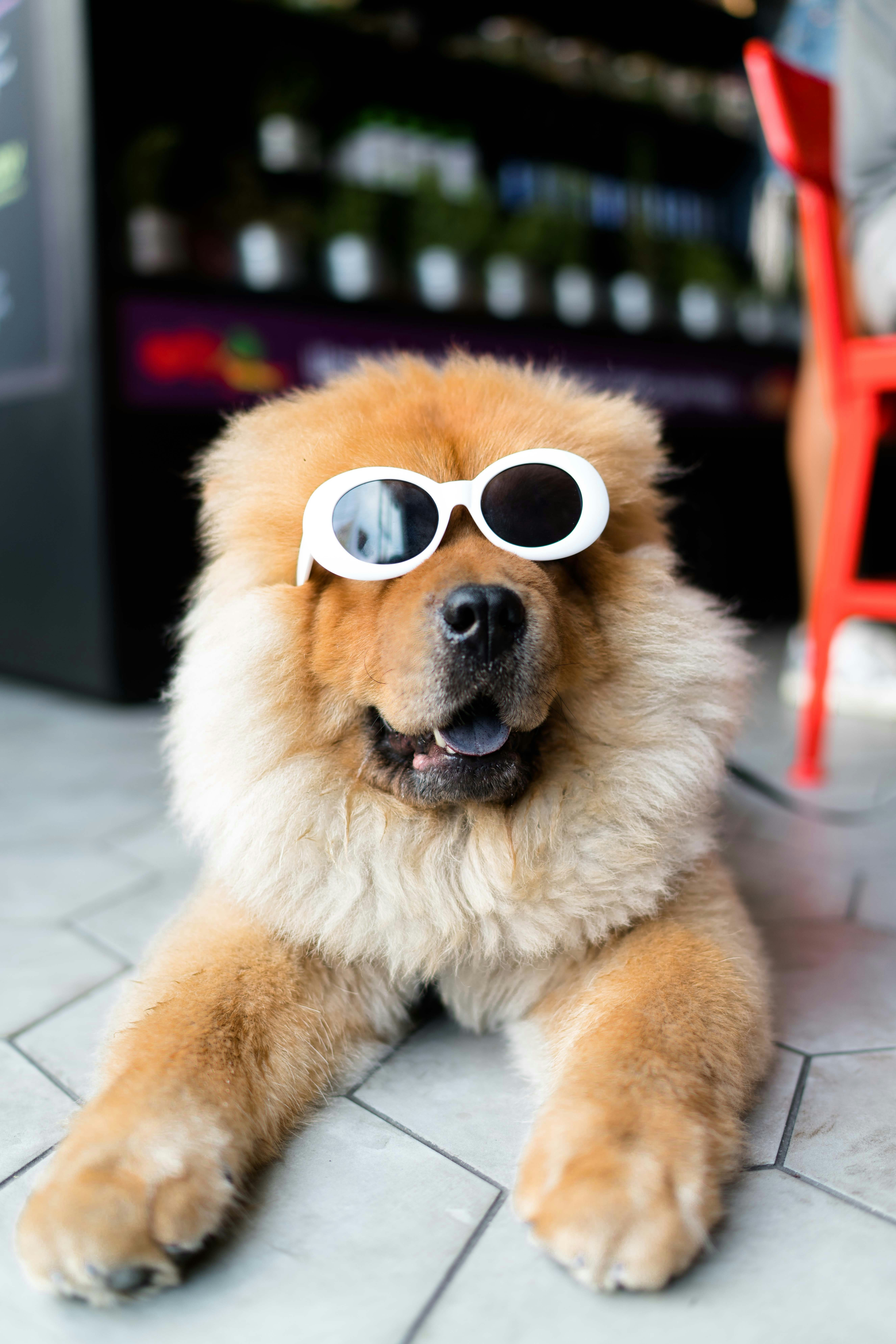Feeling the paws of your furry friend scratching anxiously at the door as you leave for work can be heart-wrenching. As a devoted pet owner, you want to ensure that your beloved dog feels safe and secure even when you’re not around. This article highlights effective tips and strategies to manage your dog’s separation anxiety, helping you create a calm and comfortable environment for your four-legged companion. From gradual desensitization techniques to engaging toys and interactive treats, these practical suggestions will give you the tools you need to alleviate your dog’s fears and build a stronger bond in your absence.
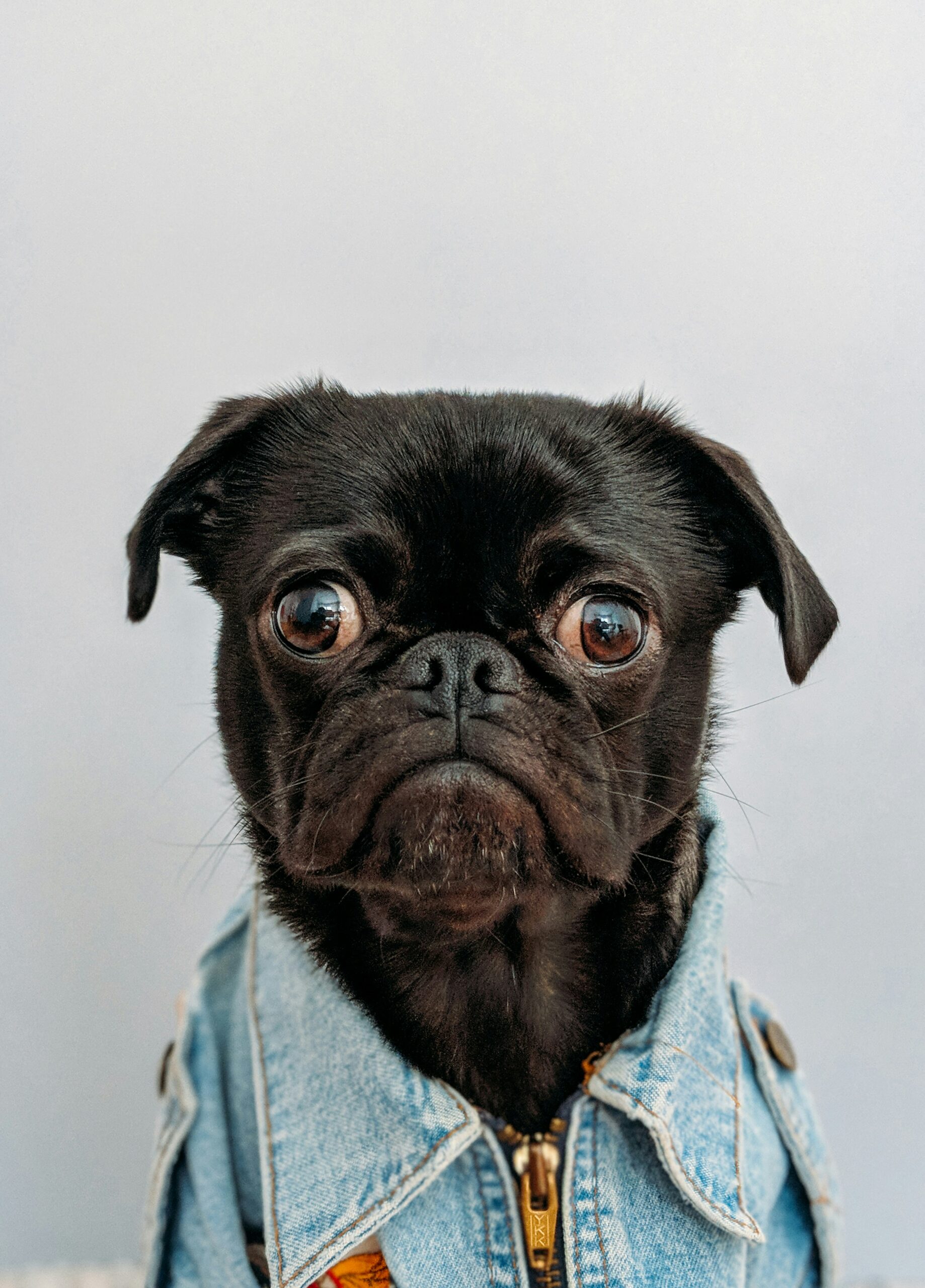
Understanding Separation Anxiety in Dogs
Separation anxiety in dogs is a common condition that can be distressing for both dogs and their owners. It is characterized by excessive and inappropriate behaviors when the dog is left alone or separated from their owner. These behaviors can include excessive barking, destructive chewing, digging, attempting to escape, urinating or defecating indoors, and even self-harm. If your dog exhibits these behaviors only when they are alone, it is likely that they are suffering from separation anxiety.
Signs of Separation Anxiety
To effectively manage your dog’s separation anxiety, it is important to be able to recognize the signs. Some common signs of separation anxiety in dogs include:
- Excessive barking or howling when left alone.
- Destructive behavior such as chewing furniture or scratching doors.
- Attempts to escape or dig under fences or doors.
- Pacing, panting, or drooling excessively.
- Urinating or defecating indoors, even though the dog is housetrained.
- Loss of appetite or changes in eating habits.
- Excessive excitement or clinginess when the owner is about to leave.
Causes of Separation Anxiety
Separation anxiety can occur in dogs for a variety of reasons. The most common causes include:
- Change in routine or environment: Dogs are creatures of habit, and any significant changes in their routine or living arrangements can trigger separation anxiety.
- Traumatic experience: If your dog has experienced a traumatic event while being separated from you, such as being abandoned or going through a natural disaster, it can lead to separation anxiety.
- Lack of socialization: Dogs that have not been properly socialized or have had limited exposure to being alone can develop separation anxiety.
- Overdependence on the owner: Dogs that are overly reliant on their owners for companionship can also be prone to separation anxiety.
Remote Remediation Training for Separation Anxiety
Remote remediation training is a popular and effective method for managing separation anxiety in dogs. It involves gradually desensitizing the dog to being alone and rewarding calm behavior. Here are some key steps to follow when using remote remediation training:
- Start by leaving your dog alone for short periods of time and gradually increase the duration. Use a camera or baby monitor to observe their behavior.
- Reward your dog for calm behavior when they are alone. This can be done by providing treats or a favorite toy.
- If your dog becomes anxious or displays signs of distress, do not provide attention or comfort as this may reinforce the behavior.
- Practice departures and returns multiple times a day to help your dog become accustomed to your comings and goings.
- Seek the guidance of a professional dog trainer if needed to tailor the training program to your dog’s specific needs.
Creating a Safe and Comfortable Environment
To help alleviate your dog’s separation anxiety, it is crucial to create a safe and comfortable environment for them when they are alone. Consider implementing the following strategies:
Designated Safe Space
Create a designated safe space for your dog to retreat to when they are feeling anxious or stressed. This can be a crate, a cozy corner with their bed and blankets, or even a separate room. The important thing is to make sure the space is comfortable, secure, and filled with familiar scents.
Interactive Toys and Treats
Provide your dog with interactive toys and treats that can keep them occupied and mentally stimulated when they are alone. Puzzle toys and treat-dispensing toys can help distract your dog and alleviate boredom. Make sure to rotate the toys regularly to keep them engaging and exciting.
Background Noise and Calming Scents
Leaving some background noise, such as soft music or a television show, can help create a soothing environment for your dog. Additionally, using calming scents, such as lavender or chamomile, can have a calming effect on dogs and help reduce anxiety. Consider using plug-in diffusers or sprays specifically designed for dogs.
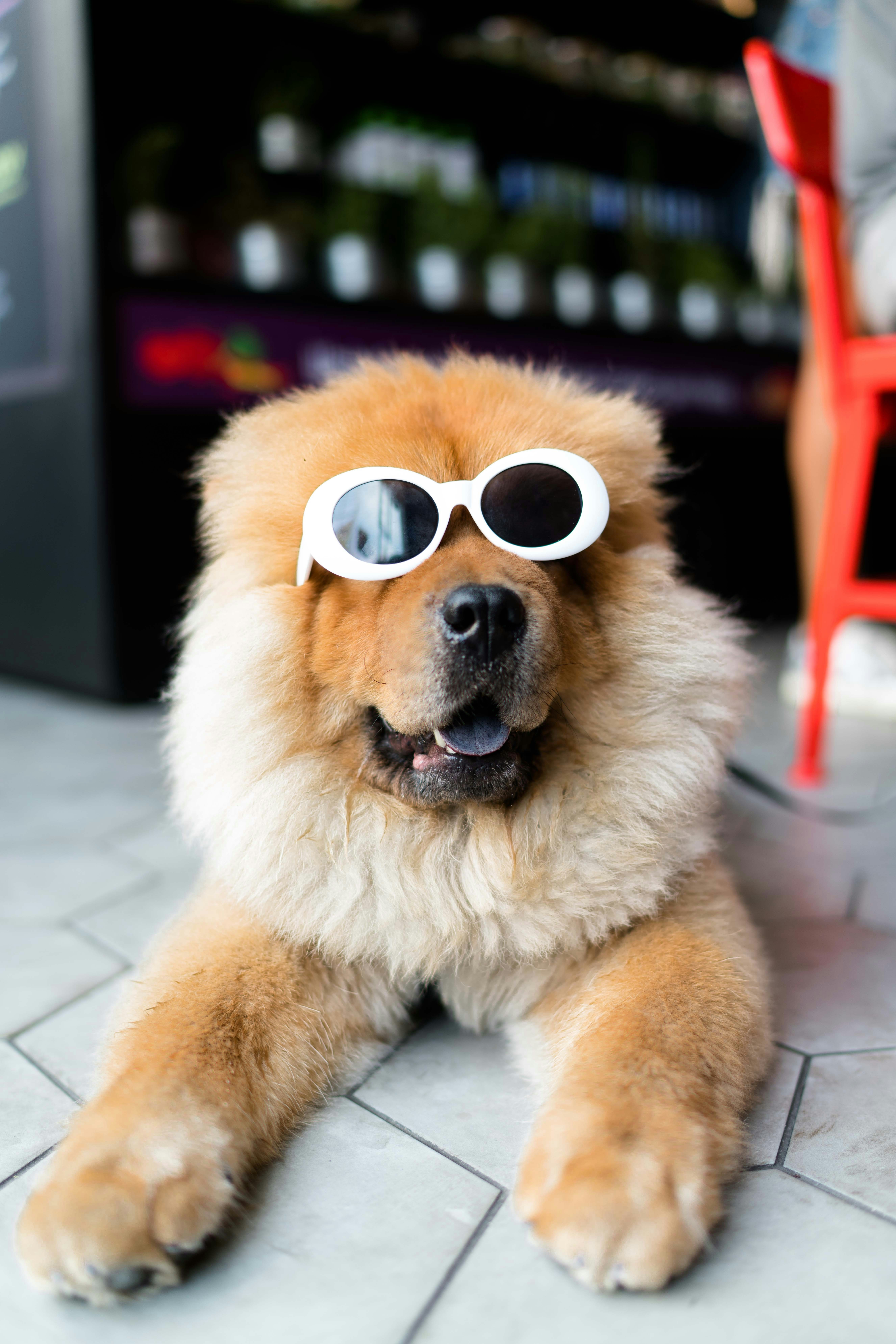
Establishing a Consistent Routine
Establishing a consistent routine is crucial for managing your dog’s separation anxiety. Dogs thrive on routine and predictability, and having a structured daily schedule can provide them with a sense of security and stability. Here are some key components of a consistent routine:
Regular Exercise
Providing your dog with regular exercise helps expel excess energy and promotes overall well-being. Make sure to engage in activities that your dog enjoys, such as walks, playtime, or dog sports. Aim for at least 30 minutes to an hour of physical exercise every day to help reduce anxiety.
Scheduled Feeding and Bathroom Breaks
Feeding your dog at the same times each day and taking them out for consistent bathroom breaks helps establish a routine and prevent unnecessary stress. Make sure to allocate enough time for your dog to eat and eliminate before leaving them alone. This can help prevent accidents and reduce anxiety.
Gradual Departures and Returns
When leaving or returning home, it is important to keep departures and arrivals low-key. Avoid making a big fuss or giving excessive attention, as this can increase your dog’s anxiety. Instead, keep your comings and goings calm and matter-of-fact to help your dog become more comfortable with your departures and returns.
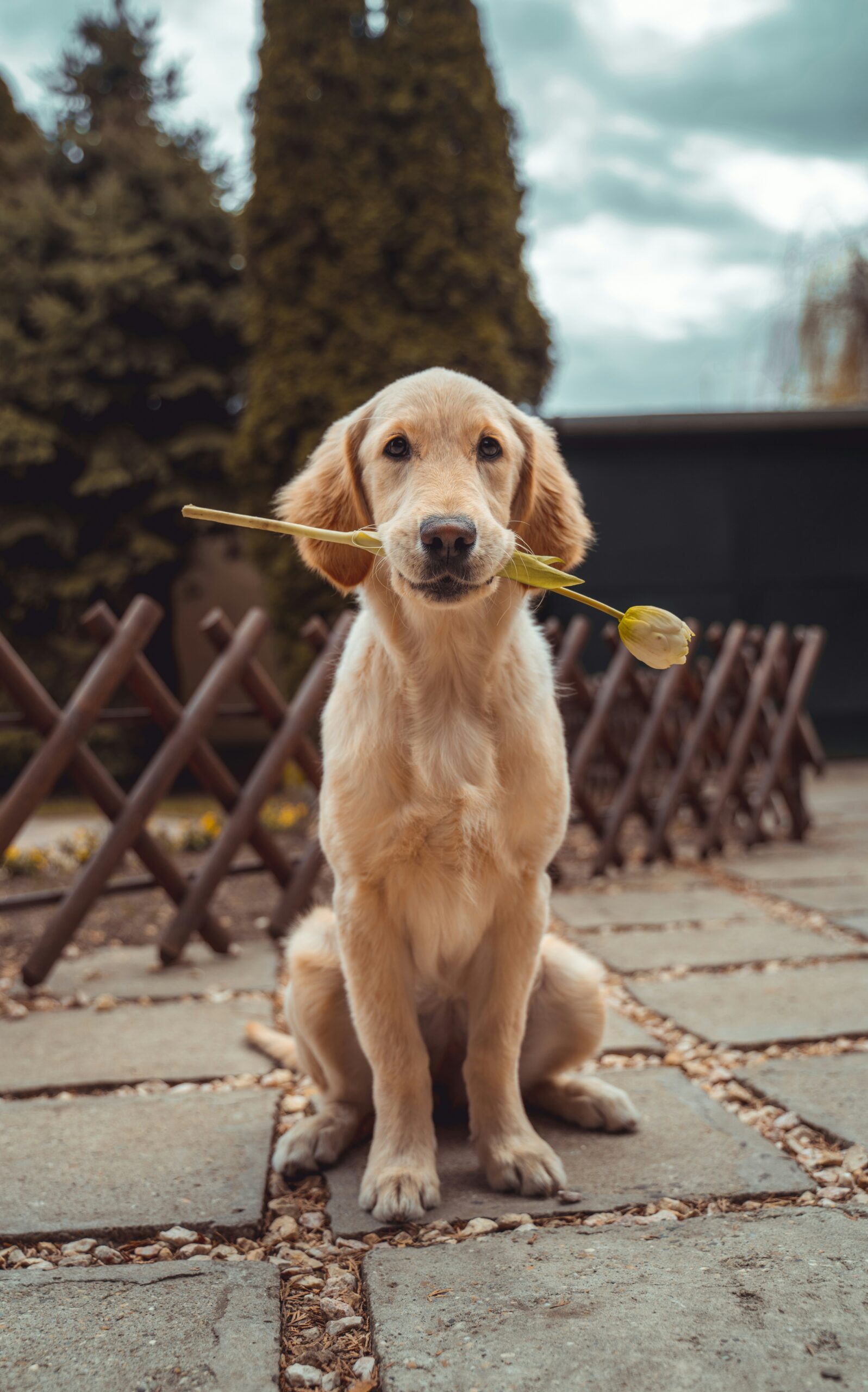
Positive Reinforcement and Behavior Modification
Positive reinforcement and behavior modification techniques are essential for managing separation anxiety in dogs. These methods focus on rewarding calm and relaxed behavior and gradually desensitizing the dog to being alone. Here are some effective strategies:
Counterconditioning and Desensitization
Counterconditioning involves associating positive experiences with being alone to change the dog’s emotional response. This can be done by giving your dog a special treat or a favorite toy only when they are alone and gradually increasing the duration. Desensitization involves gradually exposing your dog to situations that trigger anxiety, starting with mild triggers and gradually progressing to more challenging ones.
Crate Training and Alone Training
Crate training can provide a safe and secure space for your dog when they are alone. Crate training involves gradually introducing your dog to the crate and making it a positive and comfortable place. Alone training involves gradually increasing the time your dog spends alone in the crate or designated safe space while rewarding calm behavior.
Seeking Professional Help
If your dog’s separation anxiety persists or worsens despite your best efforts, it may be beneficial to seek professional help from a certified dog behaviorist or trainer. They can provide personalized guidance and develop a customized training plan tailored to your dog’s specific needs.
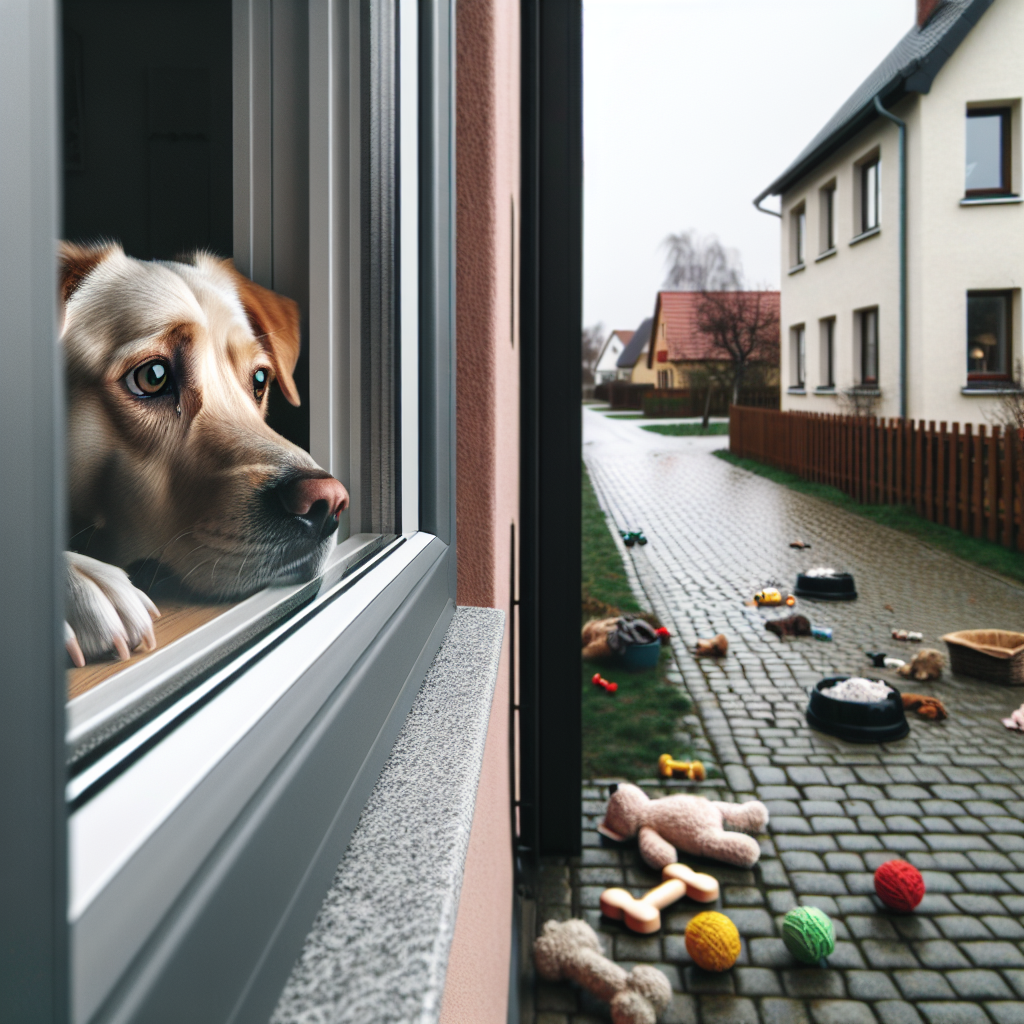
Reducing Stress and Anxiety Triggers
Reducing stress and anxiety triggers in your dog’s environment is crucial for managing separation anxiety. Consider implementing the following strategies to help alleviate your dog’s anxiety:
Gradual Introductions to New People and Pets
Introduce your dog to new people and pets gradually and in a controlled manner. Sudden and overwhelming introductions can increase anxiety and trigger separation anxiety in your dog. Use positive reinforcement and reward calm behavior during introductions to help create positive associations.
Shadowing Techniques
Shadowing techniques involve gradually teaching your dog to tolerate being alone by gradually decreasing your presence. Start by moving to a different room for short periods of time and gradually increase the duration. Reward your dog for calm behavior during these shadowing sessions.
Avoiding Punishment or Yelling
Punishment or yelling should never be used as a method to manage separation anxiety. It can increase anxiety and worsen the condition. Instead, focus on positive reinforcement and reward calm behavior to encourage relaxation.
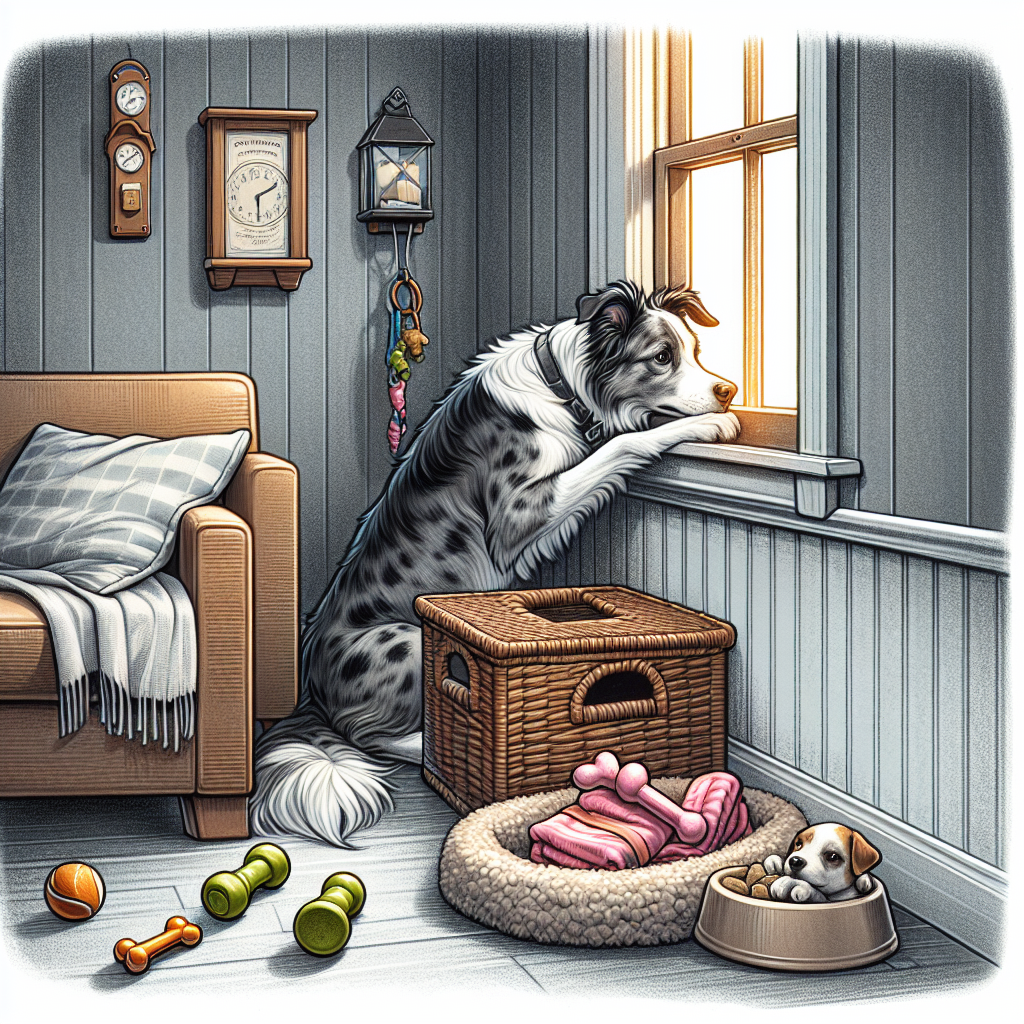
Additional Tips and Techniques
In addition to the strategies mentioned above, here are some additional tips and techniques that can help manage your dog’s separation anxiety:
Preventing Reinforcement of Anxiety Behaviors
Avoid inadvertently reinforcing your dog’s anxiety behaviors. This means not providing attention or comfort when your dog is displaying signs of distress. Instead, reward calm and relaxed behavior to encourage the desired response.
Medication Options and Consultation with a Vet
In severe cases, medication options might be considered to help manage your dog’s separation anxiety. Consult with your veterinarian to explore medication options and determine the best course of action for your dog’s specific needs.
Utilizing Natural and Herbal Remedies
Some dog owners find natural and herbal remedies helpful in managing separation anxiety. These can include products that contain ingredients like chamomile, valerian root, or melatonin. However, it is important to consult with your veterinarian before using any natural or herbal remedies to ensure they are safe and appropriate for your dog.
By understanding the signs, causes, and treatment options for separation anxiety in dogs, you can provide your furry friend with the support they need to overcome this challenging condition. With patience, consistency, and a positive mindset, you can help alleviate your dog’s anxiety and promote their overall well-being. Remember, you are not alone in this journey, and seeking professional help when needed can make a significant difference in your dog’s quality of life.



